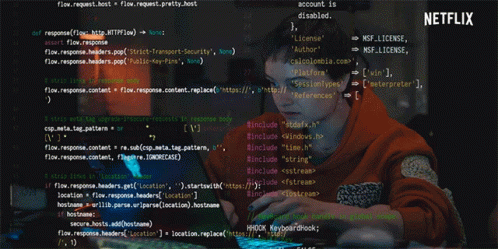Getting Creative with React Components: A Fun and Easy Guide
 Tanisha Jaiswal
Tanisha JaiswalAre you ready to dive into the exciting world of React components? If you're new to React, you might be wondering what exactly a component is and why it's so important. Don't worry, we've got you covered with this fun and quirky guide to React components!

First things first, a React component is a reusable piece of code that encapsulates the logic and presentation of a particular piece of your UI. Components are the building blocks of React applications and they make it easy to create complex user interfaces by breaking them down into smaller, more manageable parts.
So how do you create a component in React? It's simple! You can create a component using a function or a class. Let's take a look at how to create a simple function component:
function Greeting(props) {
return <h1>Hello, {props.name}!</h1>;
}
ReactDOM.render(<Greeting name="Jane" />, document.getElementById('root'));
In this code, we're creating a component called Greeting that accepts a name prop and returns an <h1> element that displays the name. We're then rendering the Greeting component to the DOM using ReactDOM.render().
Now let's take a look at how to create a class component:
class Greeting extends React.Component {
render() {
return <h1>Hello, {this.props.name}!</h1>;
}
}
ReactDOM.render(<Greeting name="Jane" />, document.getElementById('root'));
In this code, we're creating a class component called Greeting that extends React.Component. We're then defining a render() method that returns an <h1> element that displays the name. We're also accessing the name prop using this.props.
Once you've created your components, you can reuse them throughout your application. This is where the true power of React components comes into play. By breaking down your user interface into smaller, reusable components, you can make your code more modular, easier to read, and more maintainable.
But that's not all! React components also make it easy to add interactivity to your user interface. You can attach event handlers to your components, update their state, and re-render them when necessary. Here's an example of how to add a button that updates the name prop when clicked:
class Greeting extends React.Component {
constructor(props) {
super(props);
this.state = { name: this.props.name };
this.handleClick = this.handleClick.bind(this);
}
handleClick() {
this.setState({ name: 'Bob' });
}
render() {
return (
<div>
<h1>Hello, {this.state.name}!</h1>
<button onClick={this.handleClick}>Change name</button>
</div>
);
}
}
ReactDOM.render(<Greeting name="Jane" />, document.getElementById('root'));
In this code, we're adding a constructor() method to our Greeting component that sets the initial state of the name property to the value of the name prop. We're also adding an event handler called handleClick() that updates the name property to 'Bob' when the button is clicked. Finally, we're rendering the updated Greeting component to the DOM.
So there you have it, a fun and easy guide to React components! Whether you're a seasoned developer or just starting out, components are an essential part of building React applications. So go ahead, start creating your own components and see what kind of cool and quirky things you can build!
🧑🏻💻 Happy Coding! 🧑🏻💻
Subscribe to my newsletter
Read articles from Tanisha Jaiswal directly inside your inbox. Subscribe to the newsletter, and don't miss out.
Written by

Tanisha Jaiswal
Tanisha Jaiswal
Actively looking for internship & Full-Time opportunity in Tech | Software Developer | B.Tech(CSE) | 2023 Batch